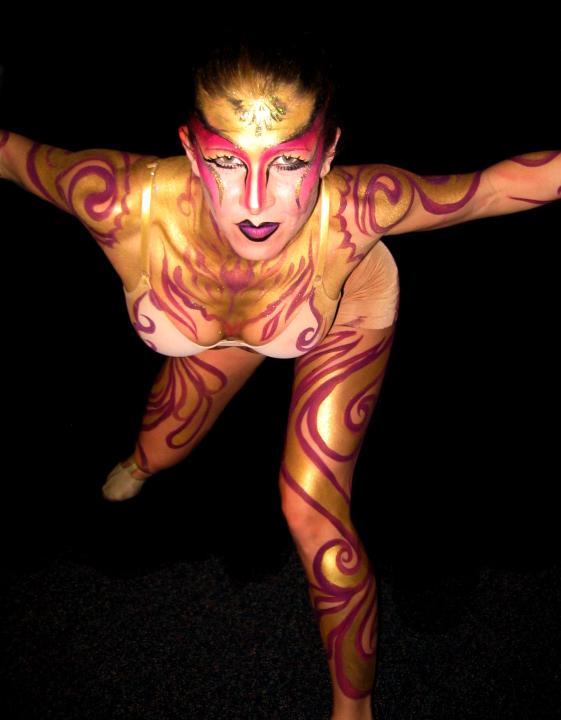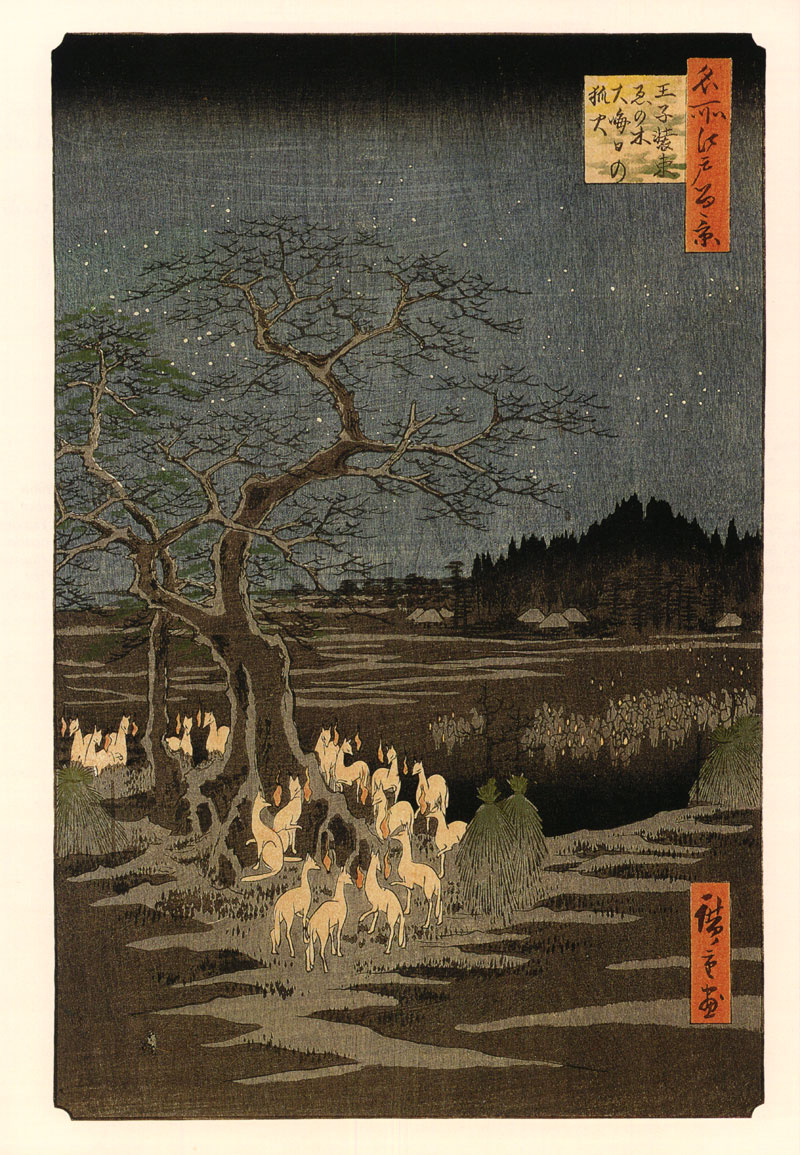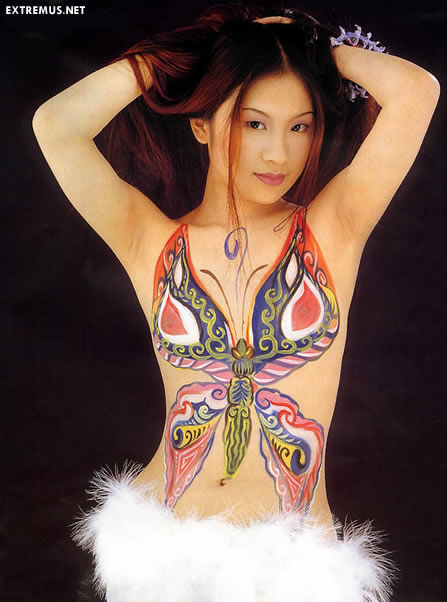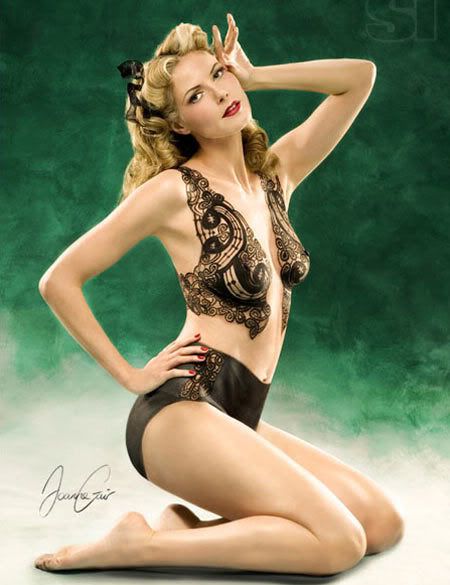Twilight star Ashley Greene pose nude in bodypaint in the Sports Illustrated Swimsuit Issue this year, even though she didn't pose for the magazine.

Greene, dressed in nothing but some pink paint, will appear in ads for SoBe that will run in the annual Swimsuit Issue, out next month, which is also full of naked and bodypainted professional models.
Below: Video screengrabs














































